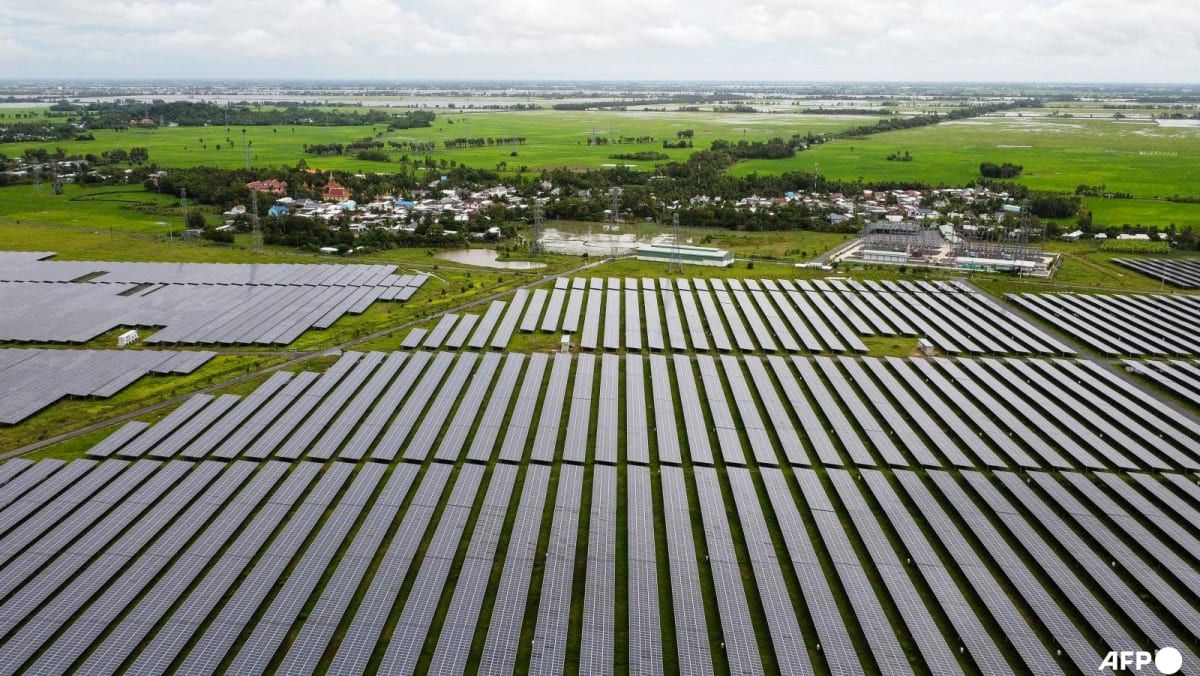In the pursuit of sustainable energy, Chinese scientists are spearheading groundbreaking efforts to tap into solar power from space and beam it back to Earth. Teams across China are currently focused on overcoming the challenges involved in developing key components for a space-based solar power facility.
Nonstop Solar Energy Capture
Hou Xinbin, a senior researcher at the China Academy of Space Technology, reveals that the envisioned space facility will convert collected solar energy into electromagnetic radiation like microwaves and laser beams. These will then be wirelessly transmitted to Earth’s surface, where receiving stations will convert them into electricity for distribution to power grids.
Testing the Feasibility
To verify the feasibility of space-based solar power generation, a proposal has been made for a technology demonstration mission. This involves placing a pair of satellites into orbit—a large one for collecting solar power and a smaller one for receiving laser beams. The ground station will receive microwaves, creating an in-orbit testing system for wireless power transfer.
Technical Challenges
Despite the promising vision, several technical hurdles must be overcome. These include developing high-performance components of acceptable sizes and weights, integrating them into satellites, and ensuring accurate power beam transmission to ground receiving stations.
Addressing Urgent Energy Needs
Hou emphasizes China’s urgent need to develop clean, sustainable, and widely usable energy sources, aligning with its commitment to peak carbon emissions before 2030 and achieve carbon neutrality by 2060.
The Appeal of Space-Based Solar Power
Renowned spaceflight writer Pang Zhihao highlights the attractiveness of space-based solar power stations in addressing energy shortages and pollution. These facilities can harness sunlight continuously, providing pollution-free and limitless energy, potentially yielding eight times more power than traditional solar panels.
A Global Aspiration Realized
While the concept of space-based solar power was proposed in 1968, recent years have seen advancements. The United States, the European Space Agency, and Japan have shown interest, with the U.S. Naval Research Laboratory conducting its first test in May 2020 and the California Institute of Technology successfully launching the Space Solar Power Demonstrator in January 2023, beaming detectable power to Earth. China’s ambitious endeavors add a new dimension to the global pursuit of clean energy solutions.
Source: usa.chinadaily.com.cn





